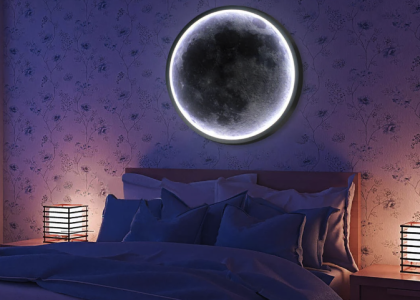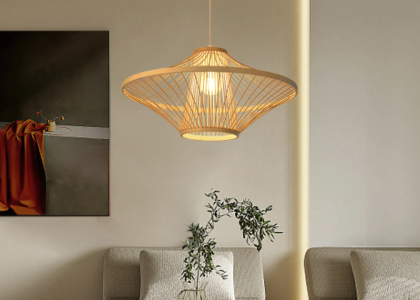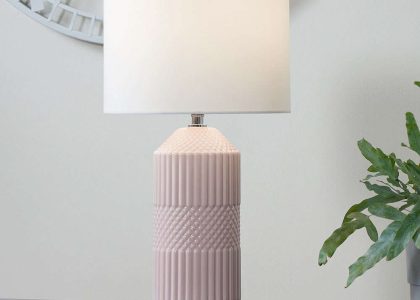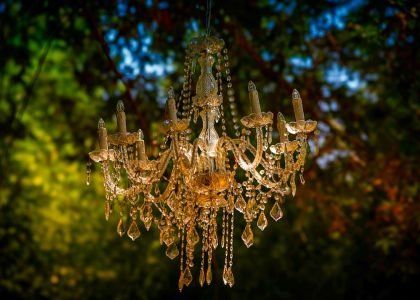The evolution of modern living has been a fascinating journey, marked by rapid technological advancements and shifting cultural paradigms. In the early 20th century, the concept of modernism began to take shape, emphasizing simplicity, functionality, and a break from traditional forms. This movement was not just confined to architecture and art; it permeated every aspect of daily life, including how people interacted with their environments.
The rise of urbanization saw individuals moving into smaller living spaces, prompting a need for multifunctional furniture and efficient design solutions that catered to the fast-paced lifestyle of city dwellers. As society progressed into the 21st century, the principles of modern living continued to evolve. The advent of smart technology has transformed homes into interconnected ecosystems, where lighting, heating, and security systems can be controlled with a simple tap on a smartphone.
This integration of technology has not only enhanced convenience but has also encouraged a more sustainable approach to living. Energy-efficient appliances and eco-friendly materials have become staples in modern homes, reflecting a growing awareness of environmental issues. The modern living space is now a blend of aesthetics and functionality, where every element is carefully curated to enhance the quality of life.
The Importance of Lighting in Interior Design
The Importance of Natural and Artificial Lighting
Natural light is often celebrated for its ability to create an inviting atmosphere, but artificial lighting is equally important in shaping the overall ambiance. A combination of both is essential to create a well-balanced and functional space.
Types of Lighting and Their Roles
Different types of lighting, including ambient, task, and accent lighting, work together to create a harmonious environment that caters to various activities and emotional states. Ambient lighting provides general illumination, task lighting focuses on specific areas where activities take place, and accent lighting highlights artwork or architectural features, adding depth and interest to the space.
The Impact of Lighting on Interior Design
The strategic use of lighting not only enhances the visual appeal of a space but also contributes to its comfort and usability. It is an essential consideration in any interior design project, as it can make or break the functionality and ambiance of a room. By incorporating the right lighting, homeowners can create a space that is both beautiful and functional.
Introducing the Simple Metal Floor Lamp
Among the myriad of lighting options available today, the simple metal floor lamp stands out as a quintessential piece that embodies both elegance and practicality. Its minimalist design allows it to seamlessly integrate into various decor styles, from contemporary to industrial. Typically characterized by clean lines and a sleek silhouette, these lamps are often crafted from materials such as steel or brass, which not only provide durability but also add a touch of sophistication to any room.
The versatility of metal floor lamps extends beyond their aesthetic appeal; they are also highly functional. Many models come equipped with adjustable heights or pivoting heads, allowing users to direct light precisely where it is needed. This adaptability makes them ideal for reading nooks, living rooms, or even home offices.
Furthermore, the simplicity of their design means they can serve as a subtle statement piece without overwhelming the existing decor. Whether placed beside a cozy armchair or in an empty corner, a metal floor lamp can enhance the overall ambiance while providing essential illumination.
How to Choose the Right Floor Lamp for Your Space
Selecting the perfect floor lamp involves considering several factors that align with both your functional needs and aesthetic preferences. First and foremost, assess the size of your space. A large lamp may dominate a small room, while a petite model might get lost in a spacious area.
It’s crucial to strike a balance between scale and proportion; for instance, in a grand living room with high ceilings, a tall floor lamp can create an impressive focal point. Next, consider the lamp’s style and finish. Metal floor lamps come in various finishes—brushed nickel, matte black, or polished brass—each contributing differently to the overall decor.
If your space features warm tones and natural materials, a brass or bronze finish may complement it beautifully. Conversely, if your decor leans towards modern minimalism with cool tones, a sleek black or chrome lamp could enhance that aesthetic. Additionally, think about the type of light bulb you plan to use; LED bulbs are energy-efficient and long-lasting, while incandescent bulbs offer a warm glow that can create a cozy atmosphere.
Styling Tips for Incorporating a Metal Floor Lamp
Incorporating a metal floor lamp into your interior design can be both an art and a science. One effective approach is to use the lamp as an anchor point within your space. For example, placing it next to a sofa or an armchair creates a designated reading area that invites relaxation.
To enhance this setup, consider adding complementary elements such as a side table for books or beverages and decorative cushions that echo the lamp’s finish or color. Layering is another key styling technique when integrating a metal floor lamp into your decor. By combining different light sources—such as table lamps, wall sconces, and overhead fixtures—you can create a dynamic lighting scheme that adds depth and interest to your space.
Additionally, consider using the lamp to highlight specific areas or features within the room. For instance, positioning it near artwork or architectural details can draw attention to those elements while providing functional light for tasks like reading or working.
The Versatility of a Metal Floor Lamp
The versatility of metal floor lamps is one of their most appealing attributes. They can effortlessly transition between various styles and functions within your home. In contemporary settings, sleek designs with geometric shapes can serve as striking focal points that enhance modern aesthetics.
In contrast, vintage-inspired models with ornate details can add character and charm to more traditional spaces. Moreover, metal floor lamps are not limited to indoor use; many designs are suitable for outdoor settings as well. Weather-resistant finishes allow these lamps to illuminate patios or balconies, creating inviting outdoor spaces for entertaining or relaxation.
Their adaptability extends to different rooms within the home; whether in the living room, bedroom, or home office, they can fulfill various roles—from providing ambient light during gatherings to serving as task lighting for focused activities.
The Benefits of Choosing a Simple Design
Opting for a simple design in home decor often yields significant benefits that extend beyond mere aesthetics. A minimalist approach allows for greater flexibility in styling; simple metal floor lamps can easily adapt to changing trends or personal tastes without clashing with other elements in the room. This timeless quality ensures that such pieces remain relevant even as other decor items come and go.
Additionally, simple designs often prioritize functionality over embellishment. A straightforward metal floor lamp typically offers ease of use with intuitive features such as adjustable heights or dimmable settings. This focus on practicality means that users can enjoy both form and function without compromising on either aspect.
Furthermore, simple designs tend to be more affordable than their ornate counterparts, making them accessible options for those looking to enhance their spaces without breaking the bank.
Creating Stylish Corners with a Metal Floor Lamp
One of the most effective ways to utilize a metal floor lamp is by creating stylish corners within your home that invite relaxation and conversation. A well-designed corner can transform an otherwise overlooked area into an inviting nook perfect for unwinding after a long day or enjoying quiet moments with a book. To achieve this effect, start by selecting an appropriate location—ideally near seating arrangements where people naturally gather.
Once you’ve chosen your spot, consider adding complementary furnishings such as an accent chair or small side table to enhance functionality and comfort. Layering textures through throws or cushions can also add warmth and visual interest to the corner. The metal floor lamp serves as both illumination and decoration; its presence can elevate the entire setup while providing essential light for reading or socializing.
By thoughtfully curating these elements together, you can create stylish corners that reflect your personal taste while maximizing the utility of your space.





